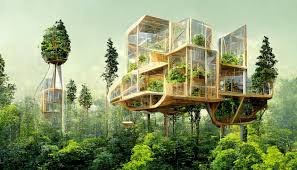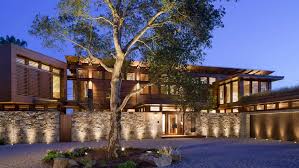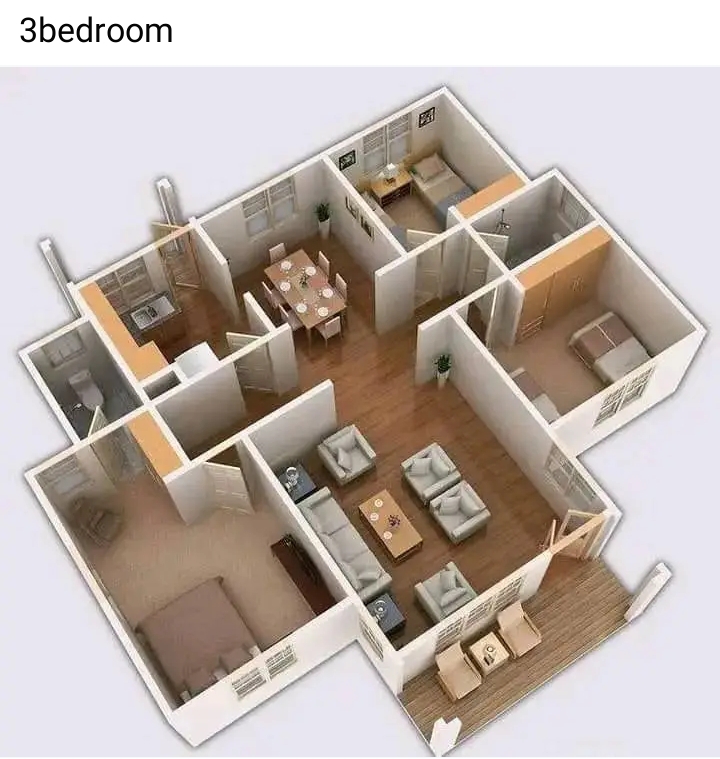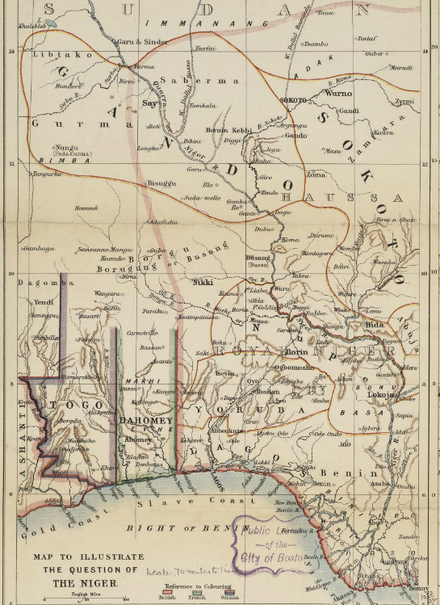The Evolution of Luxury Homes: Sustainable, Technological, and Experiential
The concept of luxury homes has undergone a significant transformation in recent years. Gone are the days of opulent mansions with lavish decor and excessive energy consumption. Today's luxury homes are designed with sustainability, technology, and experiential living in mind.
Sustainable Luxury Homes
Sustainable luxury homes are designed to minimize their environmental footprint while maximizing comfort and luxury. These homes often feature:
- Renewable energy systems, such as solar and wind power
- Energy-efficient appliances and lighting
- Sustainable building materials, such as reclaimed wood and low-carbon concrete
- Green roofs and walls, providing insulation and habitats for wildlife
Technological Luxury Homes
Technological luxury homes are designed to provide a seamless and intuitive living experience. These homes often feature:
- Smart home systems, controlling lighting, temperature, and security
- High-speed internet and connectivity
- State-of-the-art home theaters and entertainment systems
- Advanced security systems, including biometric authentication and motion detection
Experiential Luxury Homes
Experiential luxury homes are designed to provide a unique and immersive living experience. These homes often feature:
- Unique architectural designs, such as curved lines and angular shapes
- Expansive glass walls and ceilings, providing panoramic views and natural light
- Private cinemas, wine cellars, and other bespoke amenities
- Integrated outdoor spaces, including gardens, pools, and outdoor kitchens
Conclusion
The evolution of luxury homes is a reflection of our changing values and priorities. Today's luxury homes are designed to be sustainable, technological, and experiential, providing a unique and immersive living experience.
#dandironThe Evolution of Luxury Homes: Sustainable, Technological, and Experiential
The concept of luxury homes has undergone a significant transformation in recent years. Gone are the days of opulent mansions with lavish decor and excessive energy consumption. Today's luxury homes are designed with sustainability, technology, and experiential living in mind.
Sustainable Luxury Homes
Sustainable luxury homes are designed to minimize their environmental footprint while maximizing comfort and luxury. These homes often feature:
- Renewable energy systems, such as solar and wind power
- Energy-efficient appliances and lighting
- Sustainable building materials, such as reclaimed wood and low-carbon concrete
- Green roofs and walls, providing insulation and habitats for wildlife
Technological Luxury Homes
Technological luxury homes are designed to provide a seamless and intuitive living experience. These homes often feature:
- Smart home systems, controlling lighting, temperature, and security
- High-speed internet and connectivity
- State-of-the-art home theaters and entertainment systems
- Advanced security systems, including biometric authentication and motion detection
Experiential Luxury Homes
Experiential luxury homes are designed to provide a unique and immersive living experience. These homes often feature:
- Unique architectural designs, such as curved lines and angular shapes
- Expansive glass walls and ceilings, providing panoramic views and natural light
- Private cinemas, wine cellars, and other bespoke amenities
- Integrated outdoor spaces, including gardens, pools, and outdoor kitchens
Conclusion
The evolution of luxury homes is a reflection of our changing values and priorities. Today's luxury homes are designed to be sustainable, technological, and experiential, providing a unique and immersive living experience.
#dandiron







